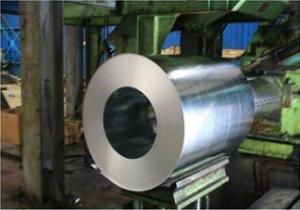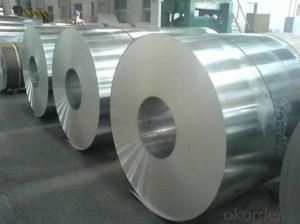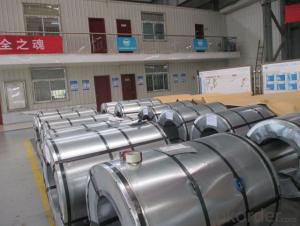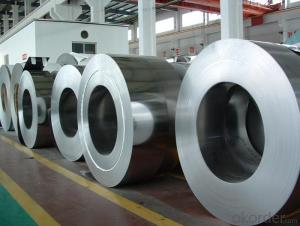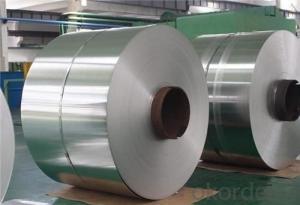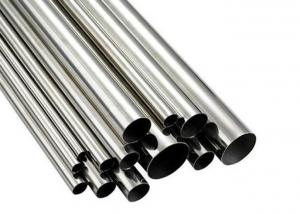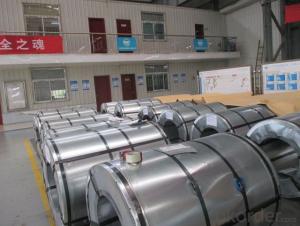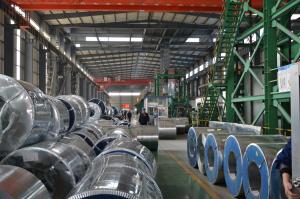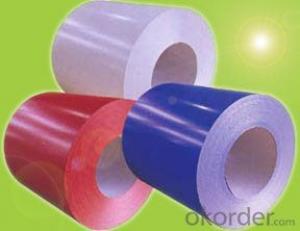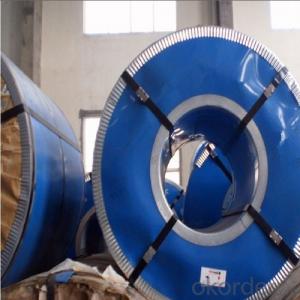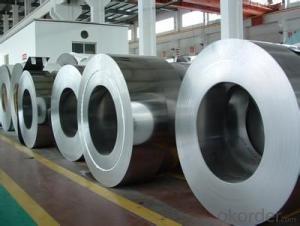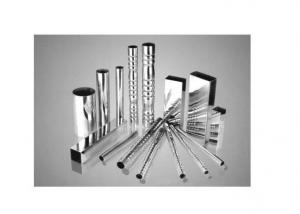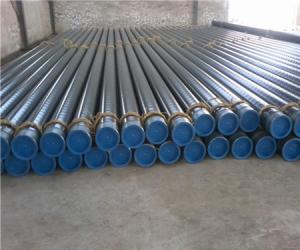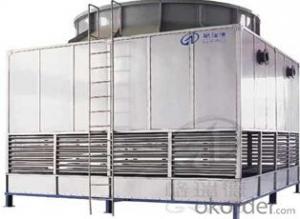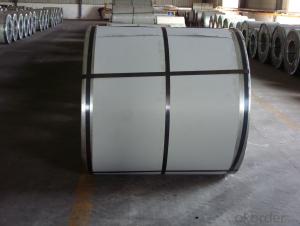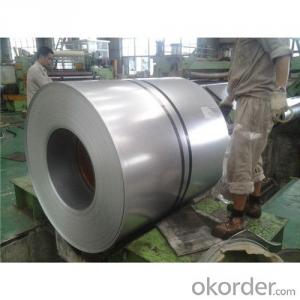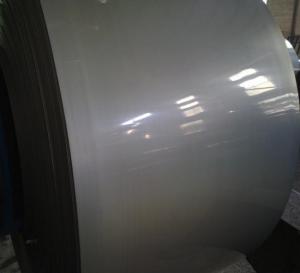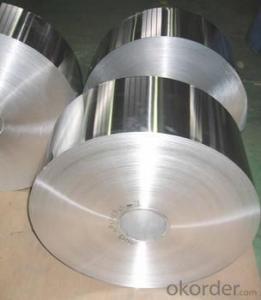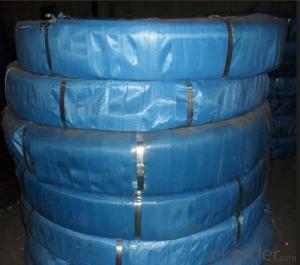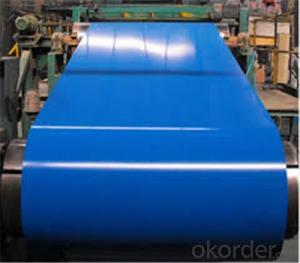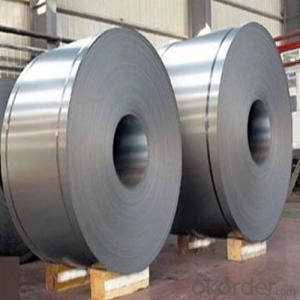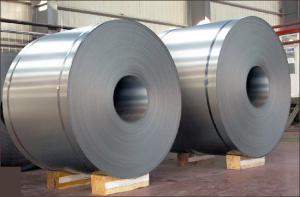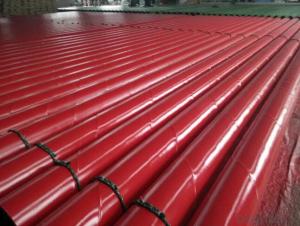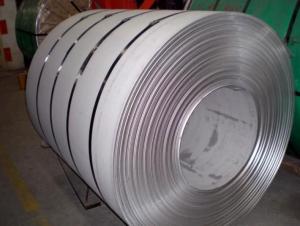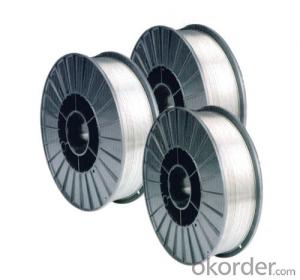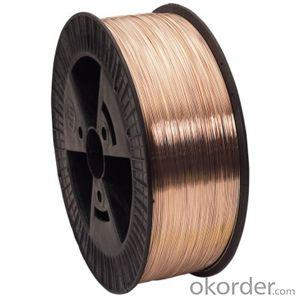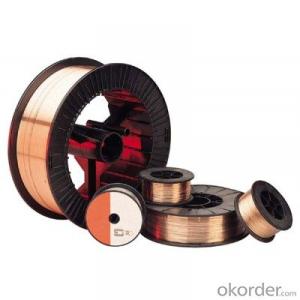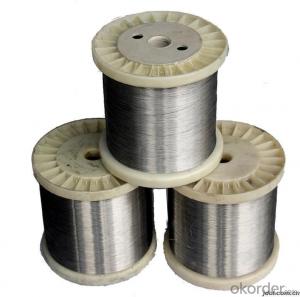Stainless Steel Coil Tubing
Stainless Steel Coil Tubing Related Searches
Seamless Stainless Steel Tubing Stainless Steel Tubeing Stainless Steel Tub Stainless Steel Piping Stainless Steel Tubs Bending Stainless Steel Tubing Stainless Steel Tubes Stainless Steel Drilling Stainless Steel Bath Tub Stainless Steel Beverage Tub Stainless Steel Tubing Supplier 1 Stainless Steel Tubing Stainless Steel Caulking 1in Stainless Steel Tubing Stainless Steel Threaded Pipe Stainless Steel Coating Stainless Steel Tubing Bender 1 Inch Stainless Steel Tubing Stainless Steel Coupling 1 2 Stainless Steel Tubing Stainless Steel Foil Tape Stainless Steel Wash Tub Stainless Steel Pipes 2 Stainless Steel Tubing Square Stainless Steel Tubing Stainless Steel Hot Tub Stainless Steel Drain Stainless Steel Molding 1 2 Inch Stainless Steel Tubing Stainless Steel Tubing CutterStainless Steel Coil Tubing Supplier & Manufacturer from China
Stainless Steel Coil Tubing is a versatile and widely used product in various industries due to its excellent corrosion resistance and strength. This type of tubing is made from high-quality stainless steel, which ensures durability and longevity in demanding environments. It is available in different grades, such as 304, 316, and 430, catering to diverse applications and requirements.Stainless Steel Coil Tubing finds its application in numerous industries, including construction, automotive, aerospace, and food processing. Its usage scenarios range from architectural structures and exhaust systems to fluid transport and heat exchangers. The coil form of the tubing allows for easy handling and customization, making it an ideal choice for projects that require flexibility and adaptability. The product's resistance to rust and its ability to withstand high temperatures make it a popular choice for both indoor and outdoor applications.
Okorder.com is a reputable wholesale supplier of Stainless Steel Coil Tubing, boasting a large inventory to cater to the needs of various customers. The company prides itself on offering high-quality products at competitive prices, ensuring that clients receive the best value for their investment. With a commitment to customer satisfaction, Okorder.com provides efficient and reliable service, making it a trusted source for Stainless Steel Coil Tubing and other related products.
Hot Products

